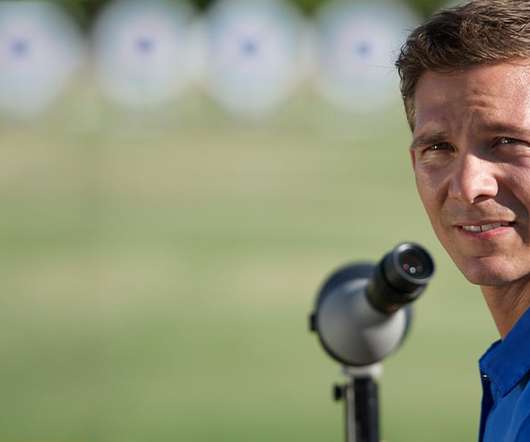Timing Leadership For Today’s Faster-Paced World
Tanveer Naseer
NOVEMBER 22, 2016
The following is a guest piece by Sally Blount, Dean of the Kellogg School of Management, and Sophie Leroy, assistant professor at University of Washington’s Bothell’s School. CEO tenure in the Fortune 500 has fallen from an average of 11 years in 2002 to six years today.

















Let's personalize your content